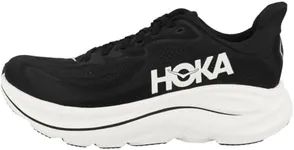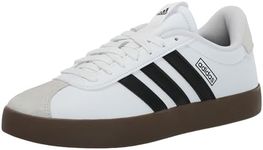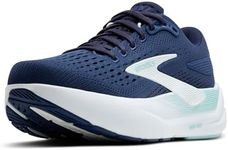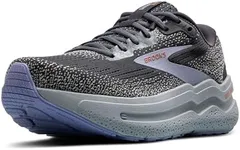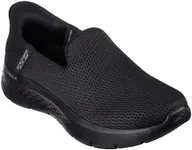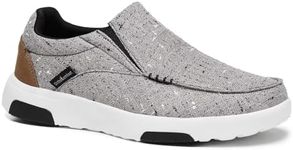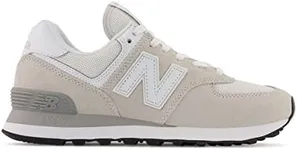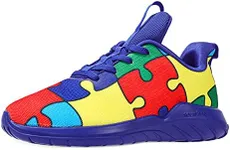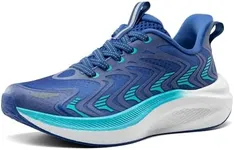Buying Guide for the Best Women's Walking Shoes
Choosing the right women's walking shoes is essential to keep your feet comfortable, prevent injuries, and make your walks more enjoyable. It's important to consider how, where, and how often you'll be using the shoes – whether for casual strolls, daily commutes, or longer fitness walks – as these factors influence which features matter most to you. Understanding a few key specifications will help guide you to the best pair for your needs.Fit and SizingFit refers to how well the shoe conforms to your foot, and sizing matches the length and width of your foot. A good fit is vital for comfort and to prevent blisters, pain, or foot problems. Shoes typically come in wide, regular, and narrow fits. Most people do best with a snug but not tight fit that leaves about a thumb's width at the toe. Try shoes with the socks you usually wear and walk around to ensure there’s no slipping at the heel or pinching at the toes. If you have wide or narrow feet, look for brands that offer these options.
Cushioning and SupportCushioning is the padding in the shoe that absorbs the impact of each step, protecting your joints and providing comfort. Support refers to how well the shoe holds your arch and heel in place. Walking shoes generally offer moderate cushioning, with more for long-distance walkers and less for those doing short, casual walks. If you have flat feet or high arches, look for shoes with structural support or removable insoles for custom orthotics. Consider the type of walks you'll take – harder surfaces and longer distances usually demand more cushioning and support.
WeightThe weight of a walking shoe affects how easy and comfortable it is to move. Lighter shoes make it easier to walk for longer periods without fatigue, while slightly heavier shoes may offer more durability and support. Lightweight models are great for fitness walking or travel; heavier models suit those who need extra stability or durability. Try to match the shoe’s weight to your planned use: frequent, brisk walks benefit from light shoes, while casual usage or needing extra support allows for heavier options.
BreathabilityBreathability refers to how well the shoe allows air to circulate, keeping your feet cool and dry. Mesh uppers make for breathable shoes and help prevent overheating and sweat buildup, which can cause blisters. In hot climates or if your feet sweat a lot, choose shoes with lots of mesh. In cooler or wetter weather, a balance between breathability and some water resistance is helpful, but try to avoid shoes that are completely unventilated unless you really need waterproofing.
Outsole Grip and TractionTraction is how well the bottom of the shoe grips the ground, which is important for safety and stability. Shoes with deeper, patterned treads provide more grip and are better for uneven or slippery surfaces. If you'll be walking mostly on pavement or gym floors, smoother soles are fine. For trails or wet conditions, seek out shoes labeled as having good traction or specialized grip.
FlexibilityFlexibility refers to how easily the shoe bends at the ball of the foot, which helps your foot move naturally while walking. Too-stiff shoes can cause discomfort, while overly flexible shoes may not offer enough support for long walks. Most people benefit from shoes that bend where your foot does – at the toe area – but still feel supportive in the midfoot. If you walk briskly or for long distances, moderate flexibility is best; if you walk slower and shorter distances, you can choose more flexible shoes.

